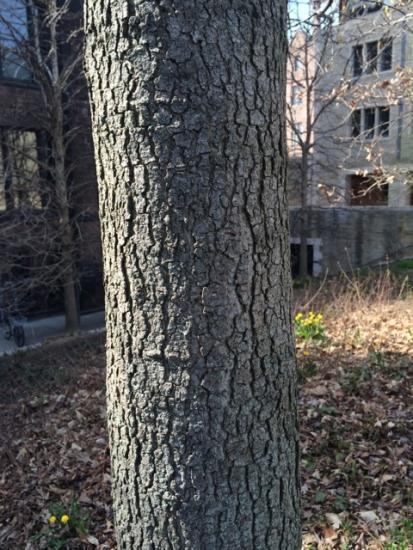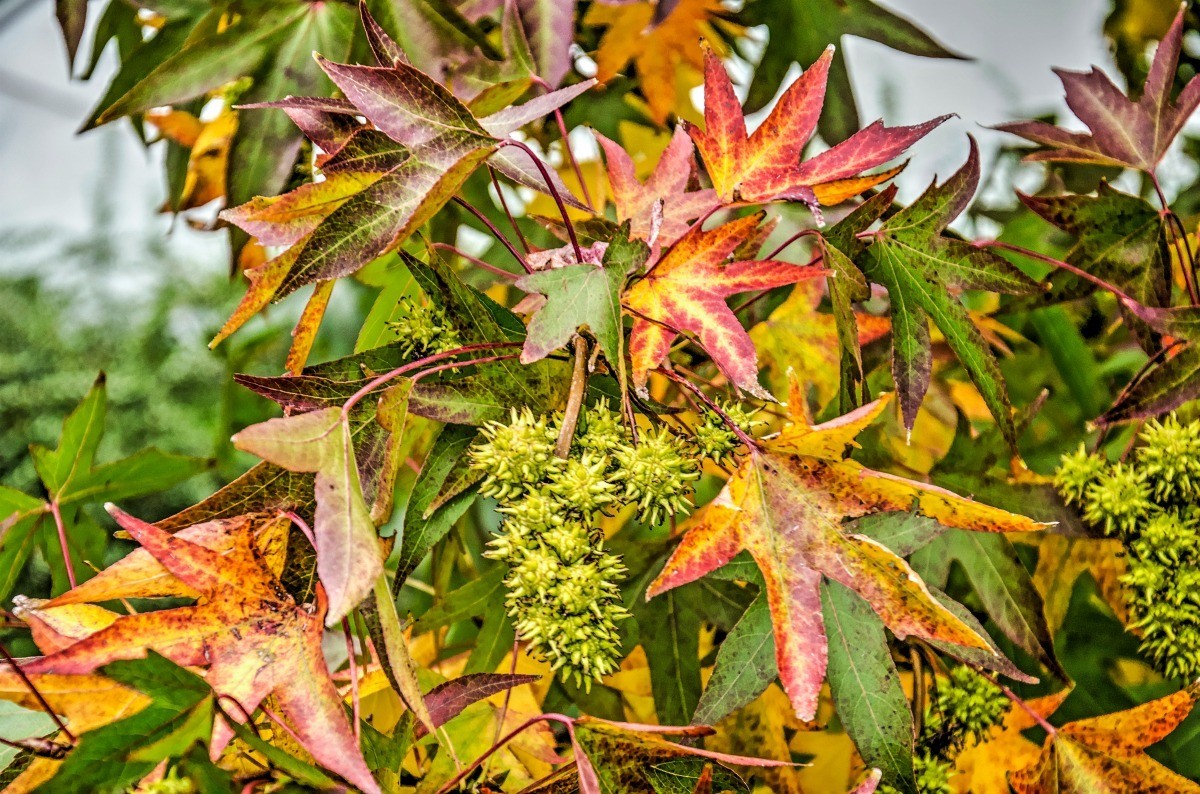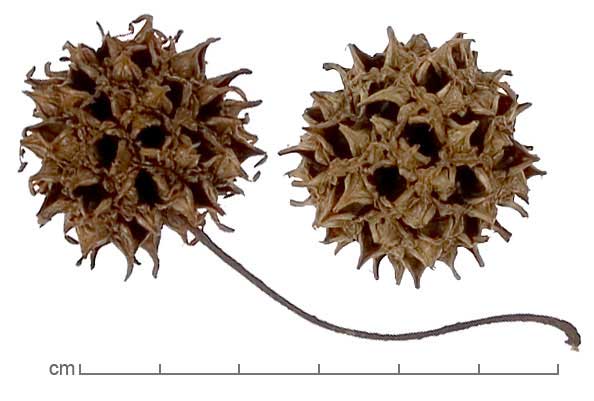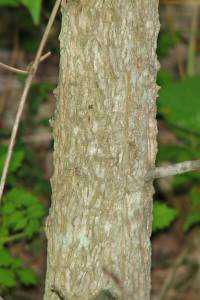Sweet Gum Tree Bark Disease

The tree looks as if a can of oil has been poured on the bark.
Sweet gum tree bark disease. Generally attacking weakened or wounded sweet gum trees botryosphaeria kills bark and displays areas of dead tissue referred to as cankers. Much of the root system of a sweet gum tree is shallow just beneath the surface of the soil. Blights might be caused by drought conditions but little is known about these types of diseases of the sweet gum. Inside the tree the inner bark shows a dark reddish brown stain.
When the larvae choose. Plum borer the larvae of the american plum borer moth burrow into the bark of sweet gum and other trees excreting the tree s gum and a sawdustlike material known as frass. Over time these exposed roots can lift sidewalks interfere with mowing and create a tripping hazard in the yard. It typically colonizes the sapwood of trees stressed by drought sunburn or.
One textbook definition gummosisis the copious production and exudation of gum by a diseased or damaged tree especially as a symptom of a disease of fruit trees but it also can be an early symptom of other problems not only in orchards but in prized landscape trees in yards parks and forests. The most common diseases of sweet gum tree are canker diseases including bleeding necrosis which can invade the trunk causing bleeding. Turkey tail fungus trametes versicolor is found on cut or fallen wood or on wounded areas of living sweet gum trees. Phytophthora basal rot affects the sweet gum tree and also rhododendrons certain firs and maples beeches and dogwoods.
Bleeding necrosis this fungal disease is signaled by the presence of a dark stain on tree bark within a few feet of the soil line or rarely up higher on the trunk. As the tree gets older the roots become larger around in size and start to push up through the soil. Great spruce bark beetle 8 toothed spruce bark beetle pine tree lappet moth pinewood nematode phytophthora ramorum sweet chestnut castanea sativa sweet chestnut blight oriental chestnut.
















